Google Ads is the world’s largest ad network, accessible to almost everyone, so it’s no surprise that thousands of individuals are having problems with it every day. Any large system must include some form of filtering and sorting. AdRank is part of the sorting system used by Google Ads.
Table of Contents
Ad rank affects a wide range of computations and can have a significant impact on your ads. If your ad rank is exceedingly low, your advertisement may not be displayed at all. So, what is ad rank, what does it accomplish, and how can you enhance it so that your advertising always performs optimally?
What is Google Ad Rank?
Ad rank is a measure used by Google advertising to determine where your ad will appear on a page about other advertisements. It is evaluated for each ad in the auction and determines whether your ad is eligible for display at all.
Furthermore, it is recalculated each time your ad is eligible to display, and it may differ depending on your competitors, the context of the person’s search, and your current ad quality.
How to Boost Your Ad Rank
To boost your Google AdRank, you need to execute the following easy yet efficient techniques:
Prioritize customer intent
Many advertisers rely on dynamic keyword inclusion to improve their search results, and as a result, they forget what their target customers are looking for. As a result, they end up communicating the same message across several advertisements.
To make your advertisement stand out from the pack, prioritize client intent. Highlight the distinguishing features of your products and services that set you apart from the competition. Consider their worries, difficulties, and hopes, and then develop solutions accordingly.
Create a relevant and precise copy
All search engine users do not click on advertisements. However, people who click on advertisements are more likely to be looking for something specific. Users, for example, are more likely to search for particular terms like “self-employed health insurance options” than generic terms like “health insurance”.
Your ad wording should be concise and relevant to the specific queries that your target clients are likely to look for. Make sure your landing page URL is specific so that users know they’ve located the right content.
Communicate in Your Customers’ Language
Whatever your industry, you should always provide clients with high-quality products, services, and experiences. As a result, you should always talk in a language that your target audience understands.
Learn to communicate in their native language, utilizing vocabulary and phrases that they understand. Concentrate on your brand’s voice, tone, and message delivery. Avoid using jargon or describing too many technologies. Put yourself in their shoes and convey how they think.
Add a Strong CTA
If you include an engaging CTA in your ad, you will guide your customers in the proper direction. Specify what you want them to do and clearly state what they will receive if they take good action.
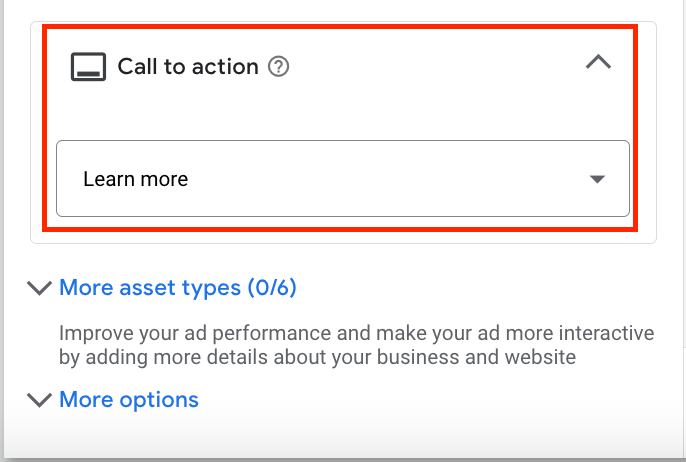
Include a price for your items or services in your marketing. Use specific language to target your potential clients and persuade them to take any action that will benefit your company.
Upgrade Your Ad Copy
Ads containing errors undermine your brand’s image. So, make the most of the limited area by writing informative ad copy. Choose the appropriate words and phrases to improve your existing ad copy. Avoid using vocabulary and writing styles that appear artificial.
Avoid arbitrary capitalization and odd spelling choices. Check to see if the existing copy has too many punctuation marks. Remove any additional punctuation. Customers who see poorly written ad material are less likely to trust your brand.
Add Negative Keywords to Ad Copy
Include negative keywords in an ad campaign. It can significantly reduce the likelihood of irrelevant search results. Negative keywords enable to prevent the ad from being displayed in searches.
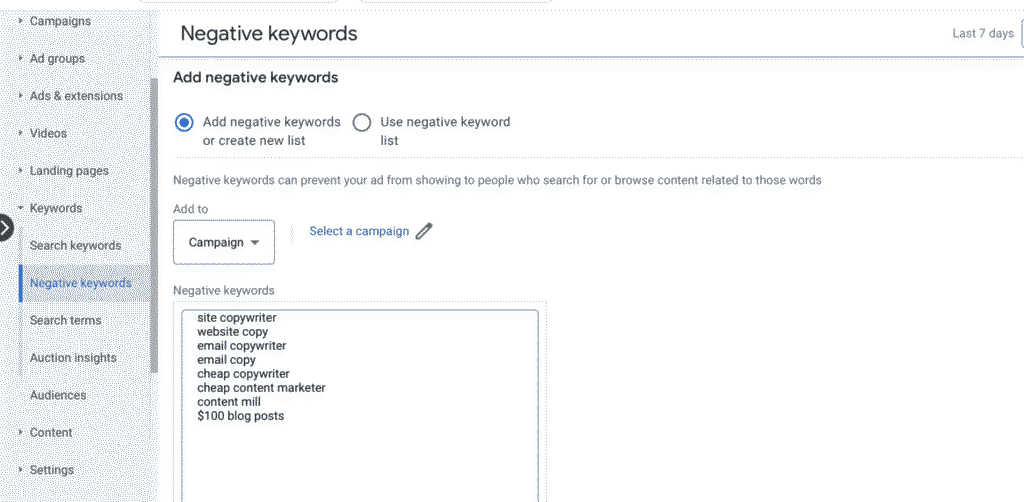
But you need to rank for relevant keywords. Ensure that the ad is not ranking for the wrong keywords.
Use Ad Extensions
Ad extensions provide more context to your ads, directing people to specific pages and contact information. It is preferable to utilize only those ad extensions, as extra additions will not enhance CTR and will lower your quality score and Google AdRank.
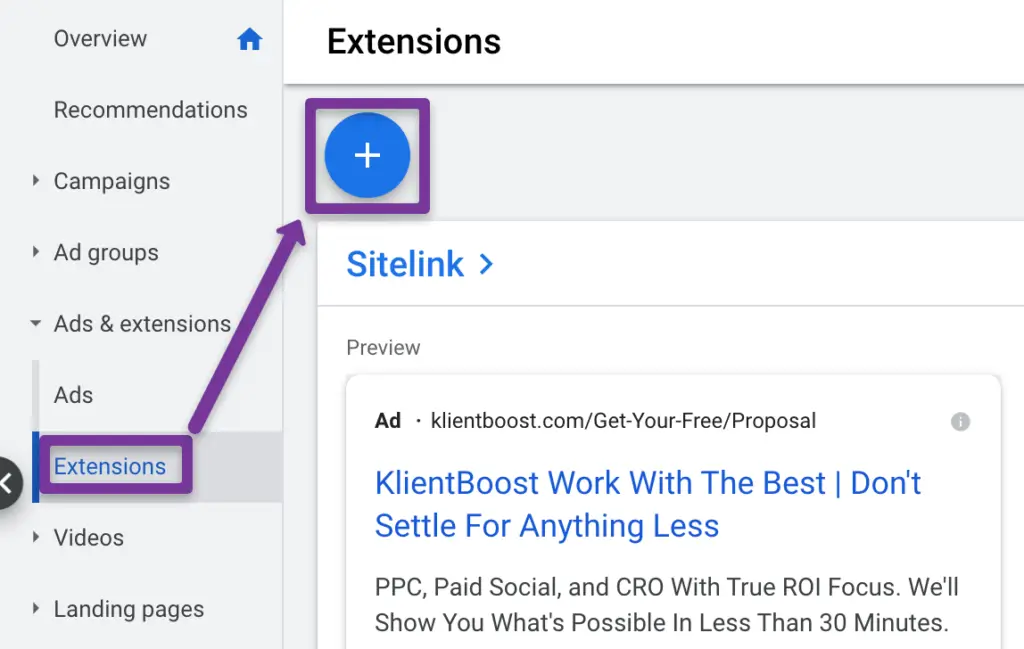
Ensure that ad extensions resonate with CTA and campaign objectives. Google use these extension metrics to check the ad’s relevancy and effectiveness. As a result, it is suggested that ad extensions should include CTA.
Increase Relevance in Your Ads
Your ad’s relevancy to the product you promote is critical in determining the quality score and, consequently, the ad rank. All of your ads should be very relevant to the bid search phrases. Because conducting research and knowing audience interests are critical, you should review audience personas, goals, and obstacles. Then, you should tailor your ad copy to directly address their demands.
To make your ad relevant to their search, use keywords in the ad title and URL. This will immediately raise the CTR and quality score. Always repeat the essential keywords or choose an appropriate landing page that links directly to your marketed items and services. When people arrive at your landing page, they will see consistency with their search queries.
Why Does Ad Rank Matter?
The position of your ad is really important. Ads in the best places receive the greatest visibility. Because they appear at the top of search results, these high-ranking ads may be the only ones a client sees before making a purchase choice.
If you are not running top-ranking ads that appear in a significant portion of the impression share for that term, your competitors will receive those clicks instead. You want to rank high and often—preferably both. It implies more opportunities to attract users, generate clicks, and close sales.
Factors That Affect Ad Rank
Google Ads uses various elements to determine ad rank, which ensures that customers see the most relevant and valuable ads. Understanding these characteristics can help you optimize your ad campaigns, increasing your ad rank and visibility on search engine results pages (SERPs).
1. Relevance of the Ad
Google Ads analyzes the relevancy of your ad to the search term entered by the customer. Your ad must be closely related to the search keyword to be judged relevant. Make sure your ad copy contains relevant keywords and that your ad group is neatly focused around a single issue.
2. Expected Click-Through Rate (CTR)
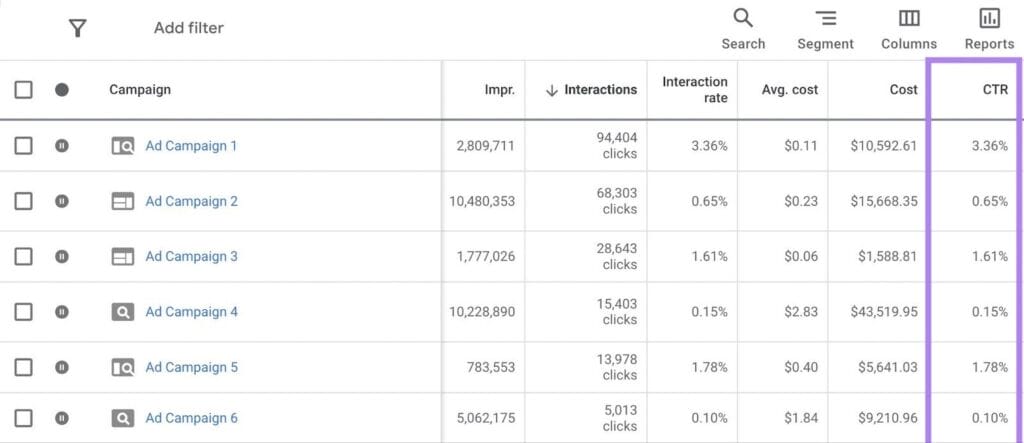
Expected CTR is a prediction of how likely your ad is to be clicked when displayed for a certain search query. The projected CTR is estimated using previous data as well as other criteria, including ad position, extensions, and ad formats. A higher predicted CTR indicates that your ad is more likely to be clicked, potentially boosting your ad rank.
3. Ad Format and Extensions
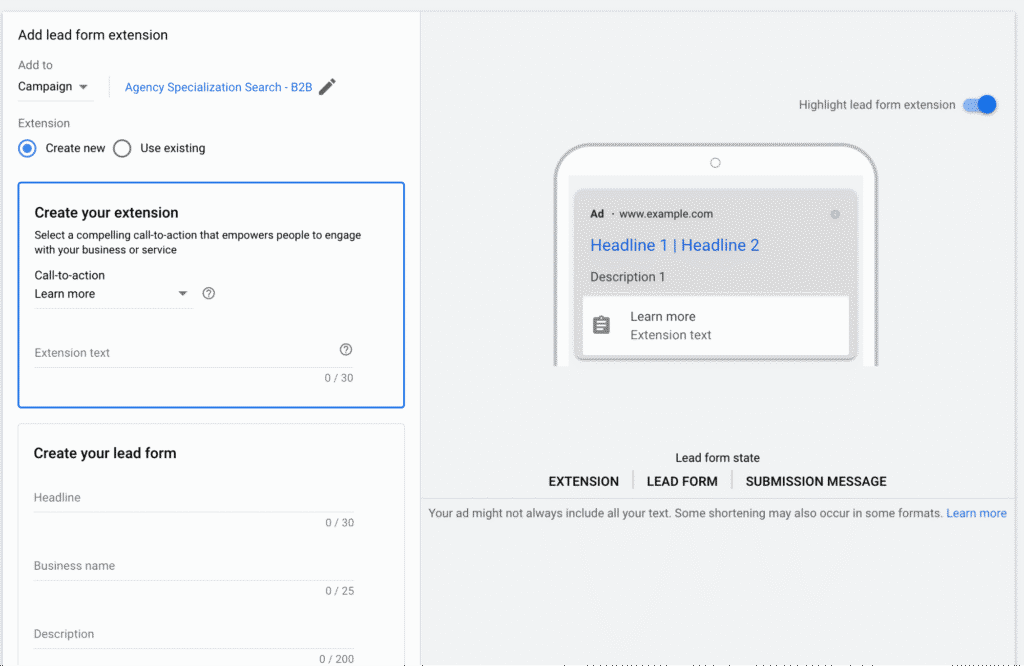
Google Ads provides a variety of ad styles and extensions to help boost the effectiveness of your ads. For example, adding site links, callout extensions, or a phone number to your ad may boost its usability and appeal to buyers. Using appropriate ad formats and extensions might also help boost your ad rank.
4. Landing Page Experience
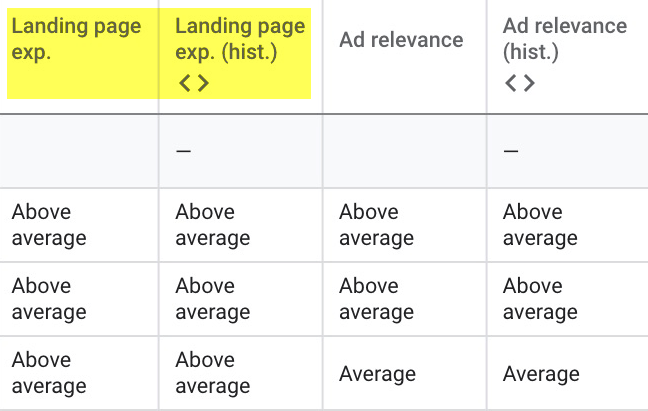
The landing page experience refers to how valuable and relevant the website linked by the ad is to the customer. A landing page that is easy to navigate, loads quickly, and has the information the consumer is looking for can improve the landing page experience.
5. Ad Quality and Relevance

Ad quality and relevancy are measures of how well your ad matches the intent of the customer’s search. The ad copy should be relevant to the search phrase and provide useful information to the customer. The landing page should be relevant and useful to the customer. High-quality, relevant advertisements can help you improve your ad rank.
How to Improve Low Ad Rank
Do you believe that ad campaigns are experiencing low rank? Below are some tips available to solve the issue. Check the performance in every fundamental ranking components. If having no extensions, begin from here and get the low bids.
Increase the bid for the high-value keywords that work effectively for the brand. To check if they appear to have an effect. To have ad groups with constrained keywords and targeted copy. This will help to discover the relevancy of the primary issue. To begin the new campaign, try the phrase match first. It helps to increase the reach
Conclusion
To ensure that your ad rank is greater than your competitors, you should focus on improving the elements that influence your competitive ad rank. It is critical to undertake extensive keyword research and choose relevant terms that coincide with the aims of your target audience.
You should make sure that your ad copy matches your keywords and landing pages. Furthermore, make sure your landing page is mobile-friendly, loads quickly, and has relevant, high-quality information.
Vijay Sood is a seasoned digital marketer with a passion for driving online growth and innovation. With a robust background in developing and executing comprehensive digital strategies, Vijay excels in leveraging SEO, content marketing, and social media to boost brand visibility and engagement. His expertise lies in transforming data-driven insights into actionable marketing campaigns, helping businesses achieve their digital objectives.